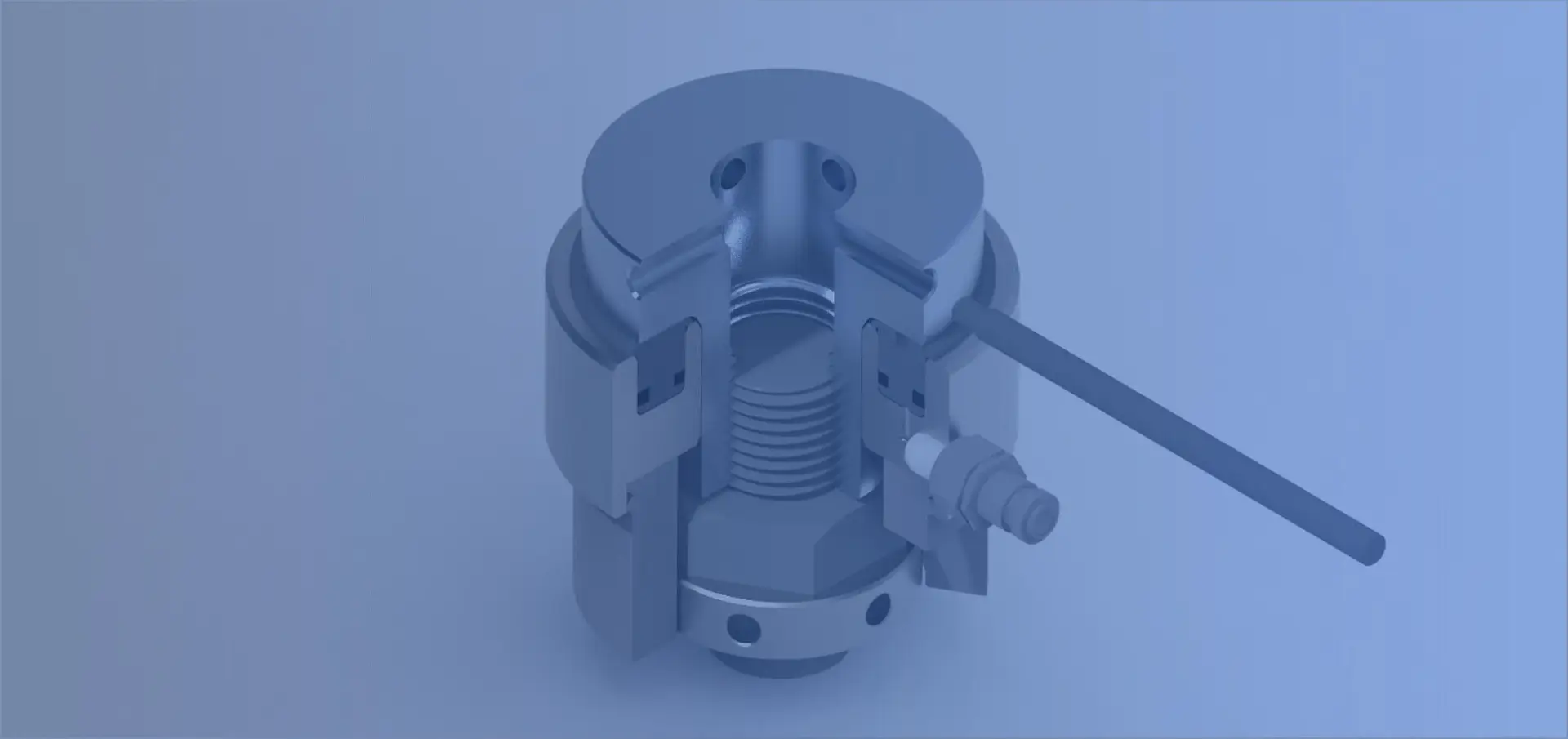For over three decades, Pilgrim has been at the forefront of providing innovative solutions with the Radial Fitted bolt. The two primary designs, Standard and Compact, cater to a wide range of applications. The Compact design is engineered for high-performance scenarios such as generators and turbines, where high torque and speed are paramount. On the other hand, the Standard design is tailored for applications where precision and repeatability are crucial, such as ship propulsion or foundation bolting.
The versatility of the Pilgrim Radial Fitted bolt is further enhanced by its customizability. It can be adapted to meet unique customer needs, including variations in materials, coatings, dimensions, and load capacities.
Designed to create a solid fit between the coupling and the bolts after final installation, removing risk of coupling slippage and associated unplanned costs.
Safe and quick to install, taking no more than 20 minutes per bolt, this neat design allows for easy and repeatable removal.
No more stuck bolts.
Due to the design, the bolts provide a known removal time, in return reducing unplanned and expensive down-time. They are also designed to last a life time.
A key to this bolting system design is accuracy. This provides the user with accurate and evenly distributed retained loads, providing peace of mind.
The radial fit bolt is designed to carry torque through shear rather than tension. It is a retrofit solution that allows for easy installation and removal, reducing the time required for coupling splits. The bolt’s sleeve is supplied oversized to allow for final machining or honing at the site after alignment and coupling concentricity checks have been completed.
This design ensures that even if the coupling hole diameters vary, the radial fit bolt assemblies can be machined accordingly without affecting the integrity of the coupling.
A tapered bolt and corresponding tapered sleeve are offered into the coupling hole in a clearance condition. Then a pre-calculated interference fit is obtained by hydraulically pulling the bolt through the sleeve, inducing a known expansion of the parallel outer diameter of the sleeve, in turn creating a desired interference fit. Finally, the bolt is tensioned, and the round nuts are tightened by hand using a tommy bar.


